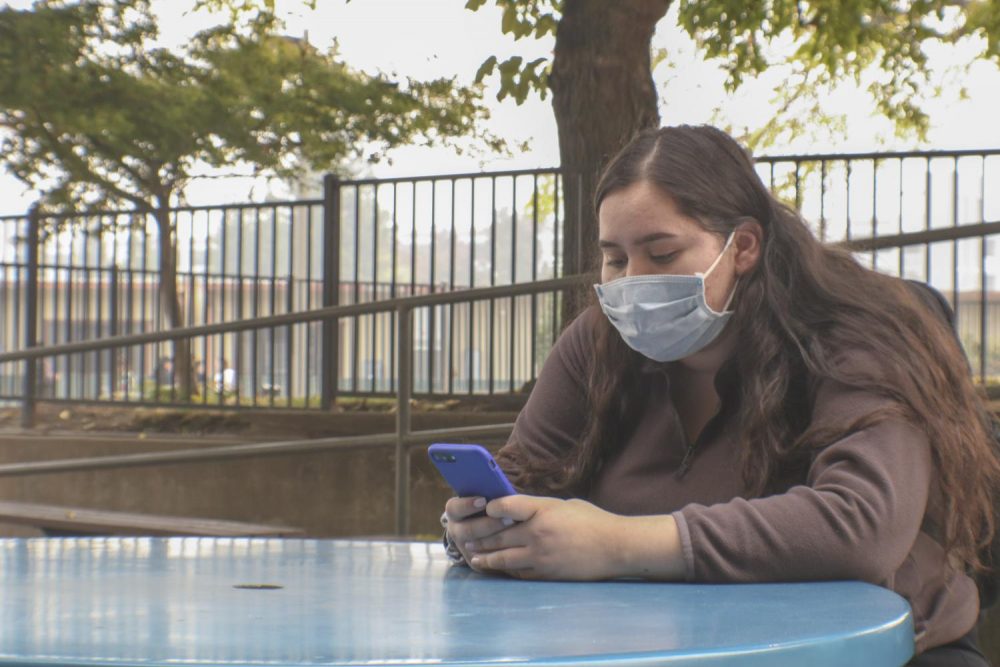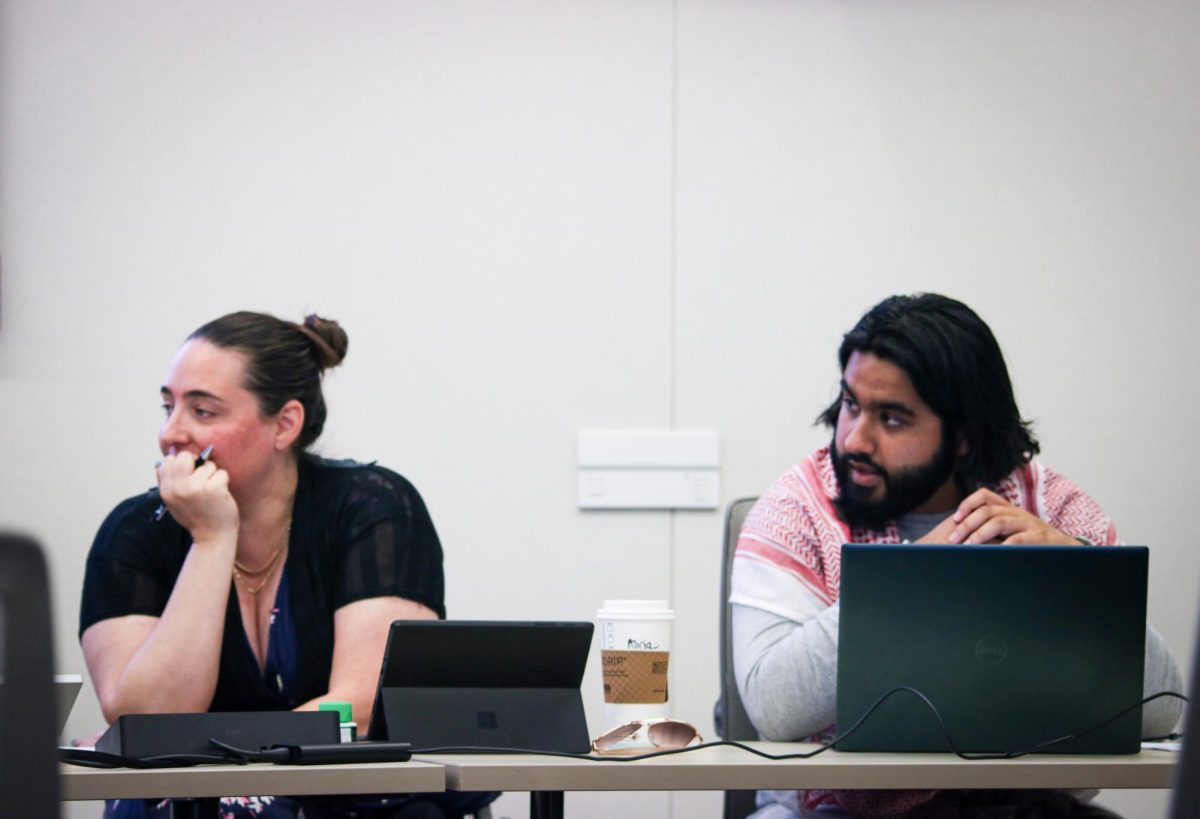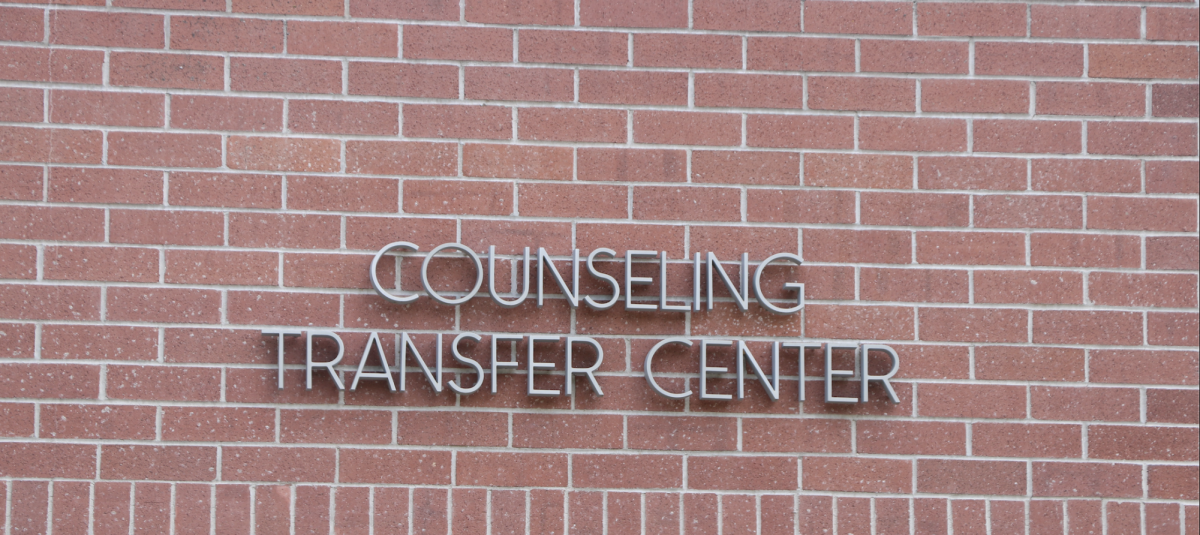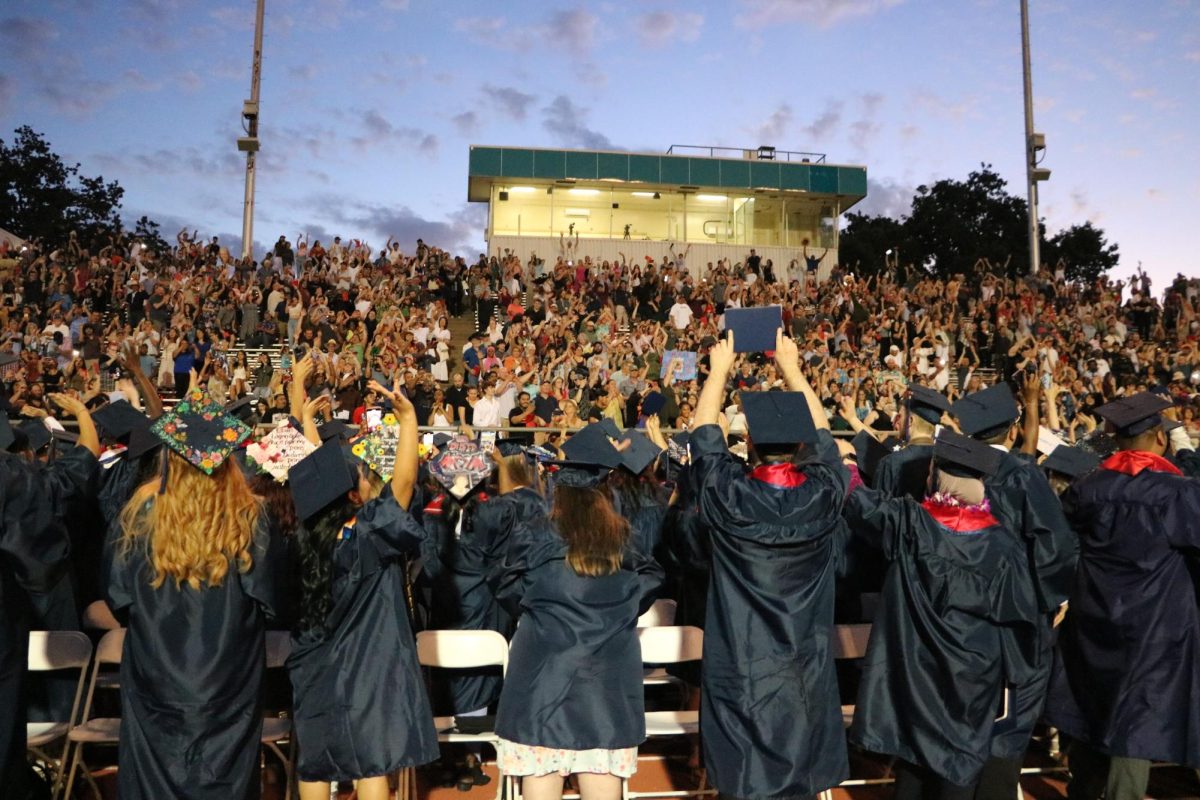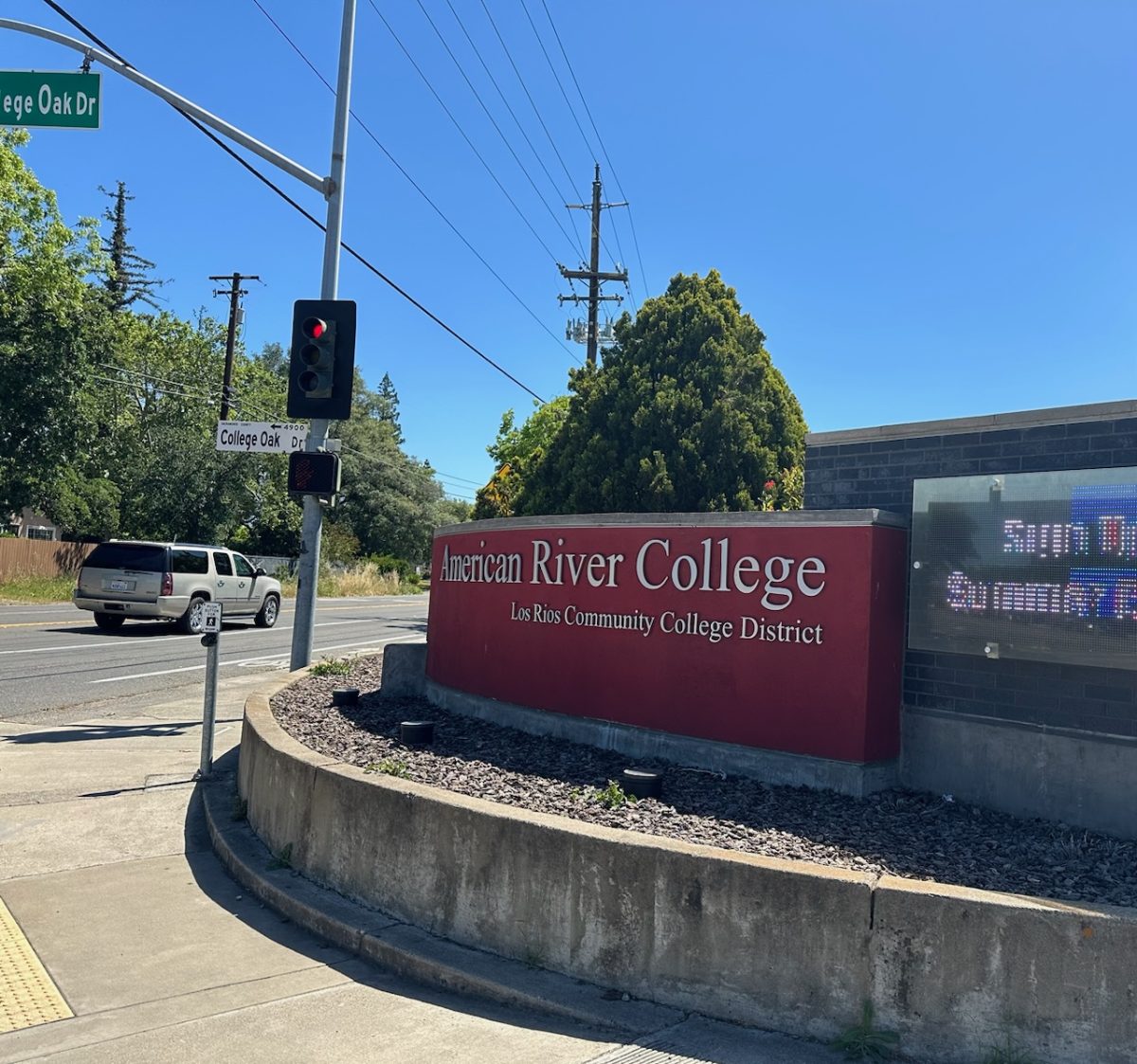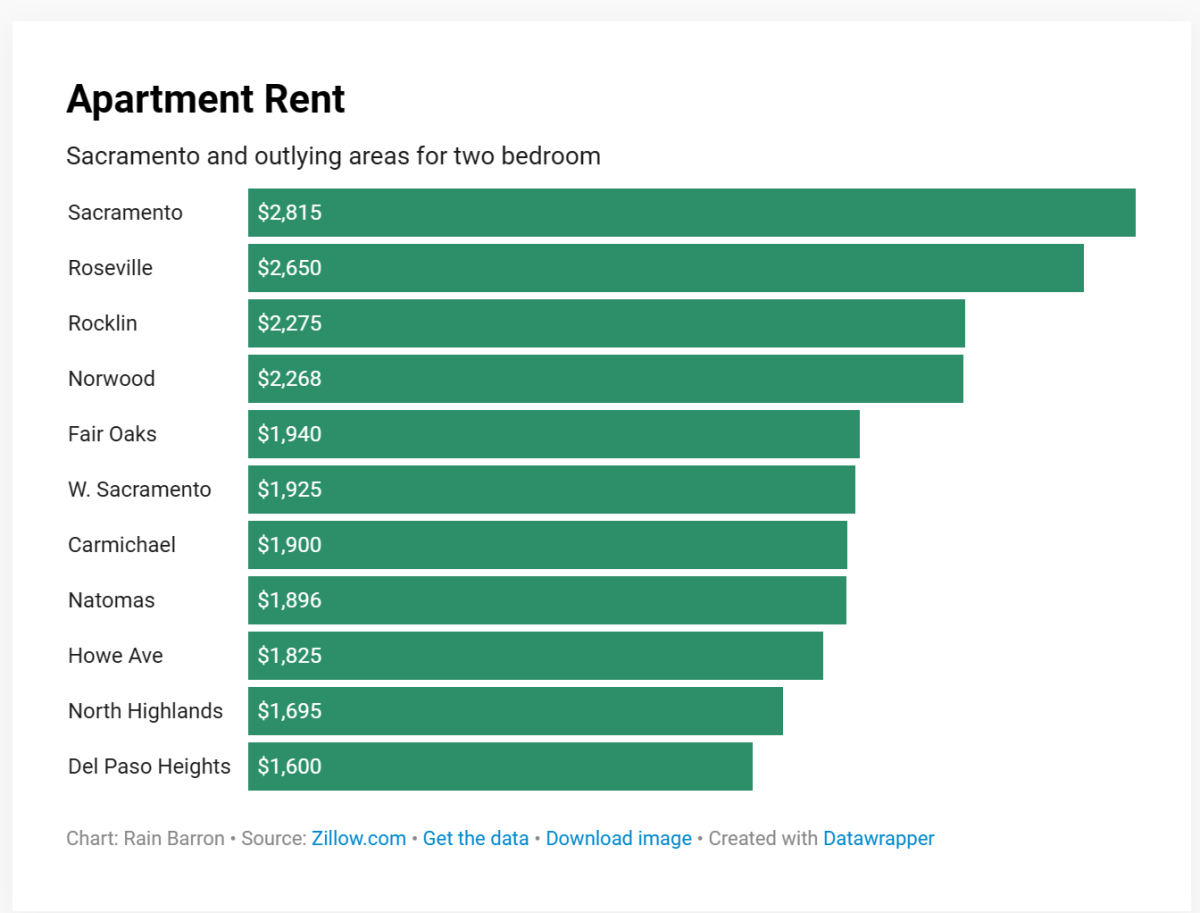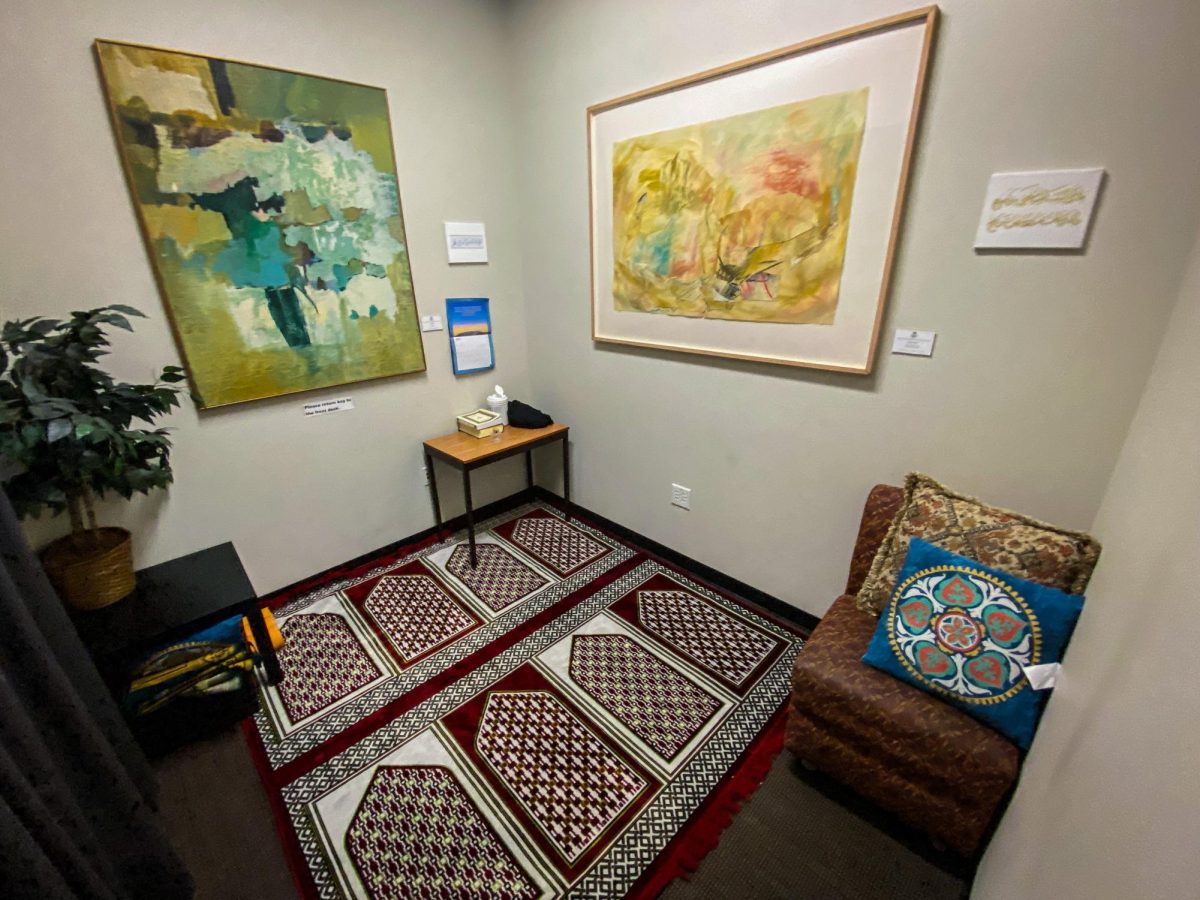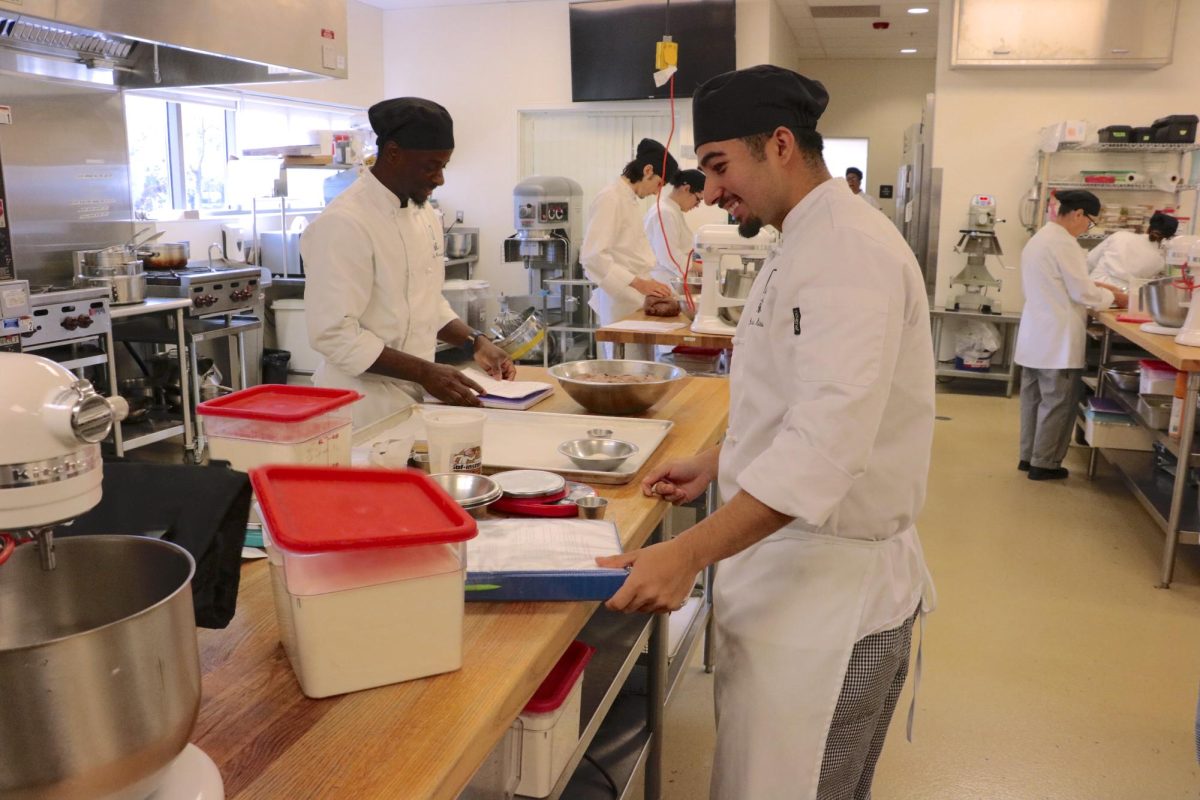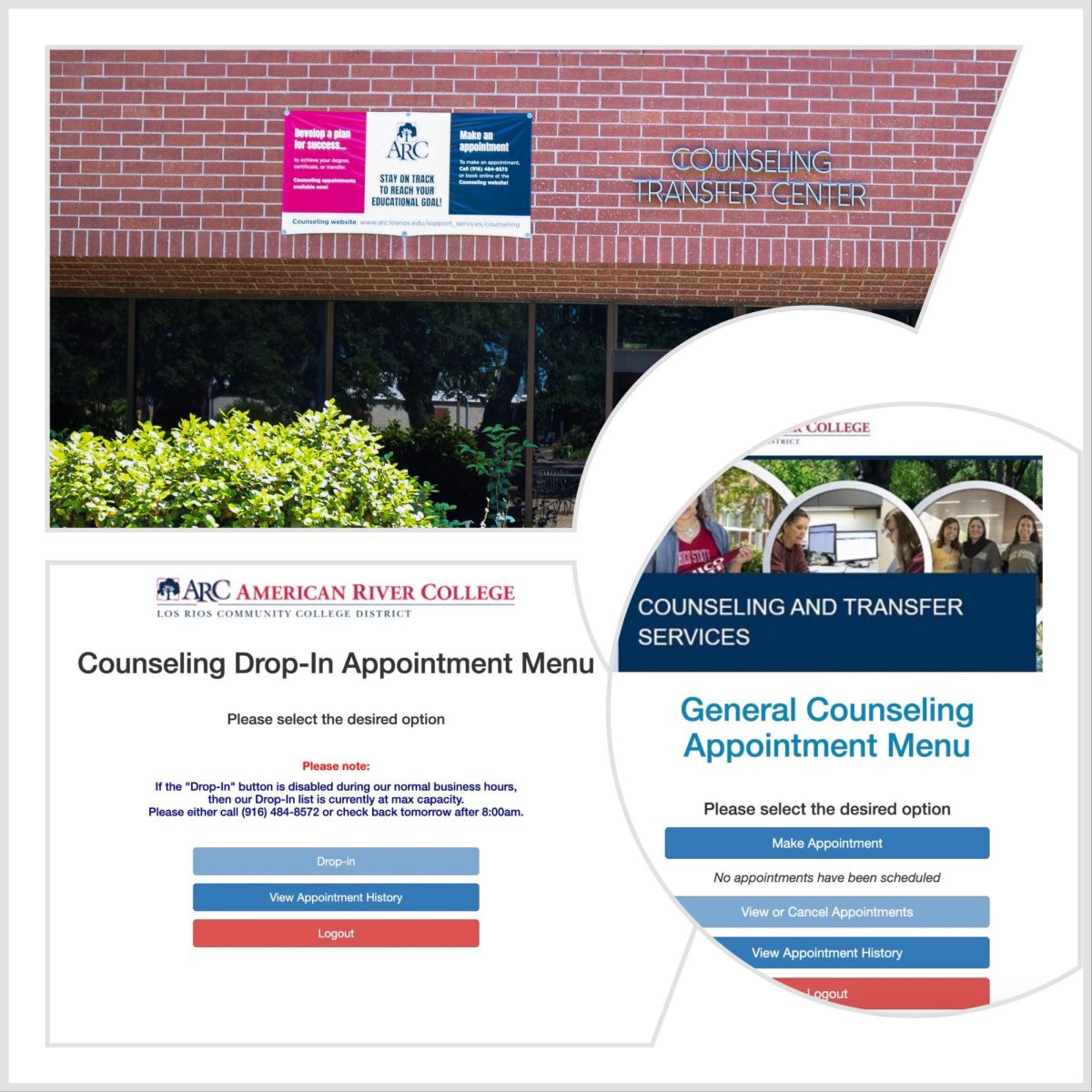American River College re-opened Nov. 26 after the Los Rios Community College District issued a week and a half closure due to the hazardous air quality conditions in Sacramento.
Los Rios Community College District announced through a district-wide RAVE alert on Nov. 14 that classes across all Los Rios colleges were cancelled through the rest of the week and through the following week, due to poor regional air quality conditions.
The district closure came after California State University, Sacramento, University of California, Davis and Yuba College had already cancelled classes earlier in the week because of poor air quality due to the Camp Fire in Butte County.
Los Rios campuses remained open since the Camp Fire started until the closure on Nov. 14. The fire is the largest and most deadly fire in California history, leaving 85 people dead and destroying nearly 14,000 homes, according to CNN.
The Spare the Air program monitors unhealthy air conditions all over the United States. The Sacramento region’s Spare the Air website, run by the Sacramento Metropolitan Air Quality Management District, explains what those conditions are in real time.
Air quality index (AQI) readings are considered unhealthy if they are 150 or higher, meaning there are particles in the air that can cause health issues or exacerbate existing health problems. The air is considered very unhealthy when the AQI is over 200. At 9 a.m. this morning, Nov. 14, the AQI was 241 and at 2 p.m. it was 181, according to Sacramento region’s Spare the Air site.
The decision to cancel classes followed a few hours after an email was sent to students from LRCCD Chancellor Brian King and co-signed by the four Los Rios colleges’ presidents, including ARC President Thomas Greene, addressing the district’s decision to keep campuses open earlier in the week.
“While some regional organizations like K-12 school districts, other community colleges, and state agencies have remained open, others like Sac State and UC Davis have chosen to close. There is no perfect solution, and either decision has potential negative impacts on students,” the district wrote in the email. “The colleges are working to mitigate negative impacts of the smoke in our buildings.”
Before ARC cancelled classes, students, faculty and staff tried to work despite the smoke. For example, oscillating fans were put in Davies Hall to keep smoke out of the building.
The nursing office was also handing out masks, however, they were not the respirator N95 type masks that the Environmental Health Investigations Branch of the California Department of Public Health recommends, which will filter out small debris in the air.
Despite ARC restricting and cancelling outdoor activities, the district’s initial decision to stay open Nov. 13 and 14 was met with criticism from students and staff, as well as over social media.
Elizabeth Johnson, a receiving clerk and Vice President of Service Employees International Union, Los Rios Support Services chapter, said she was concerned for her colleagues when the Operations Office did not initially provide workers with masks.
“[I] know we have a lot of blue collar workers that have to go outside to work, at [minimum] traveling from building to building, also doing trash runs,” she said. “I called the Operations Office and asked if they were going to have masks, I was informed that they weren’t going to be providing them.”
According to Johnson, workers were eventually provided with adequate masks on Nov. 14, before the closure was announced.
“I think that they had just not gotten direction that it was something that they had to do,” she said.
Los Rios campuses were reopened and classes resumed on Nov. 26, well after the majority of the smoke from the Camp Fire had dispersed.
For the first two weeks since the district reopened, there were changes and cancellations on all Sacramento-area campuses, including Sacramento State University, the University of California in Davis and ARC. For example CSUS extended its deadline to apply for admission on Fall 2019 to Dec. 15 until 11:59 p.m., two weeks after the original deadline, according to CSU news website.
At ARC, most professors changed their syllabus deadlines, including those for online classes. Department deans sent emails to faculty detailing how to address the situation with information, including a ”frequently asked questions” list provided by the LRCCD.
The FAQ list stated that to make up for the time lost on the syllabus, instructional offices and deans should work with faculty to find the “best approach for each course.”
The list also explained that the academic calendar won’t be extended, which means that some professors and students would have to do extra work to be prepared for finals.
“We will not need to extend the academic calendar to account for the lost days,” the LRCCD email said. “However, some sections (most likely only Monday or Wednesday sections) that do not meet minimum levels to properly award credit may need to provide additional assignments to students in order to fulfill state requirements.”
Charles “Kale” Braden, one of the three Instructional associate vice presidents that oversees deans from various departments, said that deans and faculty have been working in ensuring that students get all the hours needed for their classes after the closure.
One of the concerns when the Los Rios District considered the closing of campuses was the missed hours of instruction. According to Braden, state law requires a certain number of hours on the curriculum attached to each class and without the correct amount of hours, those classes won’t count for students.
“There are some classes that had to add in additional meetings because they were single day a week classes or short term classes,” Braden said. “So they lost a lot of hours but a lot of the classes are making it up by offering online modules or other types of things that can happen where students can make up that instructional time.”
Mathew Blevis, ARC’s Campus Operations Supervisor, provided, via an email to the Current, a list of events on campus cancelled between Nov. 15 to Nov. 25 and rescheduled, such as outdoor sporting events such as the football game of ARC vs Santa Rosa and the opening weekend of the ARC theater production “Love and Warcraft.”
Students faced other challenges because of the campus closure. For student workers, the loss of working hours on campus will affect their final payment before the holidays and winter break.
“Temporary classified employees and student help will not be paid, unless they are determined by their supervisors to be performing an essential function and asked to report for work,” the LRCCD email said.
Some student workers are hired due to their financial need eligibility on Federal Student Aid (FAFSA). FAFSA gives students opportunities for part-time jobs on campus to earn money to pay for education expenses for federal rules, payments are made one time a month, according to the FAFSA website. The lost of hours would reduce their next payment on the 10th at least 50 percent because it adds up with the non-paid holidays already in between.
Scott Crow, ARC’s Communications & Public Information Officer, said in an email to the Current that the LRCCD encouraged departments to add extra hours for student workers, if it was possible.
“Situations will vary from department to department, of course, as some areas might not be able to offer additional hours to all student employees,” Crow wrote. “The goal was to try and help as many students as possible earn some extra hours if possible.”
According to Braden, the LRCCD campus closure was “unprecedented” because he does not remember, in his 20 years of working with the district, a time when multiple colleges had to close due to an emergency. Braden said he thinks that now the district will implement measures to plan ahead for a similar situation.
“It’s not that we weren’t prepared for this. It’s just that no one ever thought that something like this could potentially happen,” Braden said. “So I think in moving forward, I would be very surprised if we don’t have robust conversations about what to do with something like this does happen in the future, whether it is a fire or a flood or some other event potentially could shut one or all of the campuses down.”
Braden said that district was in constant contact during the first three days of the closure, trying to take into consideration “unintended consequences” from the top of the organization to the bottom.
“The upper administration was in constant contact between all four colleges and the district, dealing with questions,” Braden said. “Everything from what do we do with sporting events, to what do we do with a play that’s supposed to open, to how do we make sure that our students get paid all of those types of things.”
Braden said that at the end, this was a learning opportunity for the district to figure out how to do better in the case of another natural disaster.
This story is an updated version of a previously published article by Jennah Booth and Tracy Holmes. It has been updated on Dec. 13 to reflect new information.


